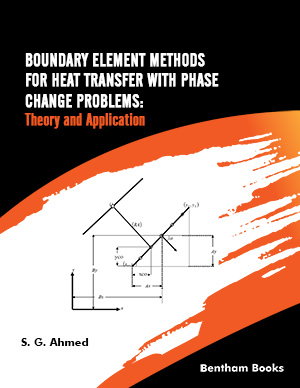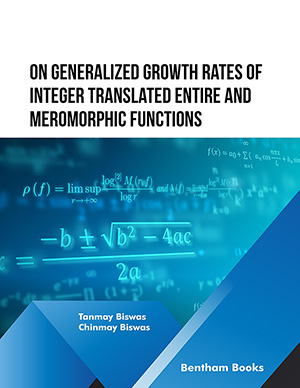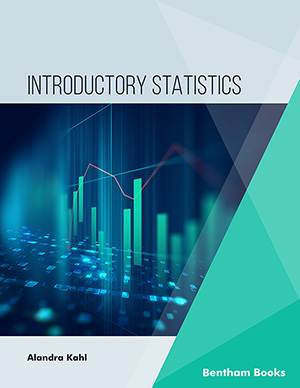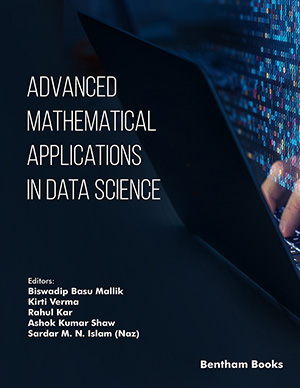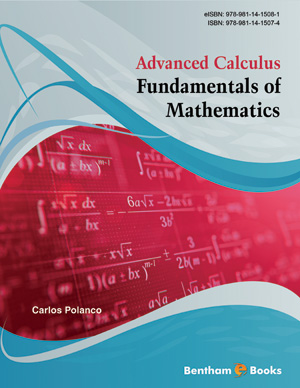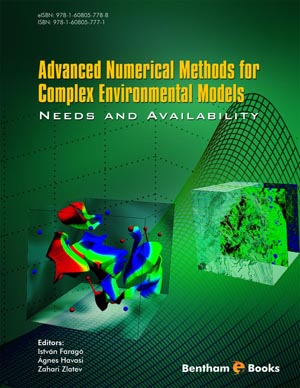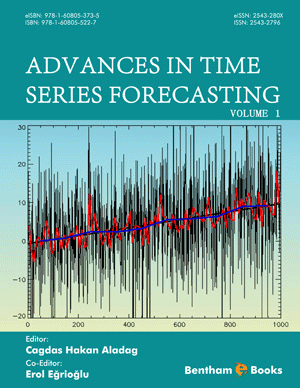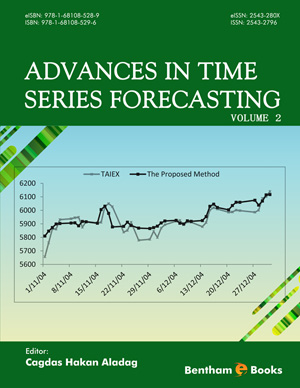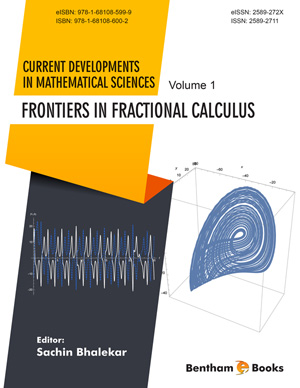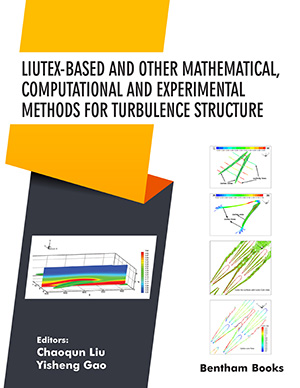Abstract
A model consisting of a sum of exponential functions is very useful for the description of time-resolved spectroscopy data. Each exponential term in the sum can often be associated with a given state of the physical system underlying the measurement, such as a protein excited by laser light. Then the exponential decay rate associated with each state describes the time profile of the contribution of the state to the observed data. The linear coefficients of the sum represent the relative amplitudes of the contributions of each state. When time-resolved spectroscopy data represent more than one wavelength, a linear coefficient is associated with each exponential decay term at each wavelength. In this chapter sum-of-exponentials models for time-resolved spectroscopy applications are reviewed. The parameter estimation problem of fitting the decay rates and linear coefficients of the sum under the least squares criteria is also reviewed, with attention to implementation of algorithms for model fitting. Case studies in fitting models to picosecond time-scale spectroscopic data illustrate the reviewed topics.

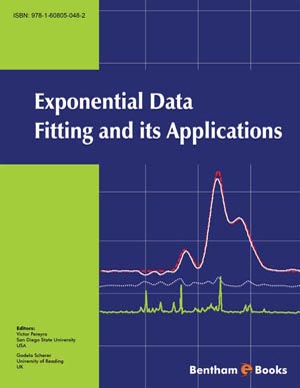
 Download PDF Flyer
Download PDF Flyer